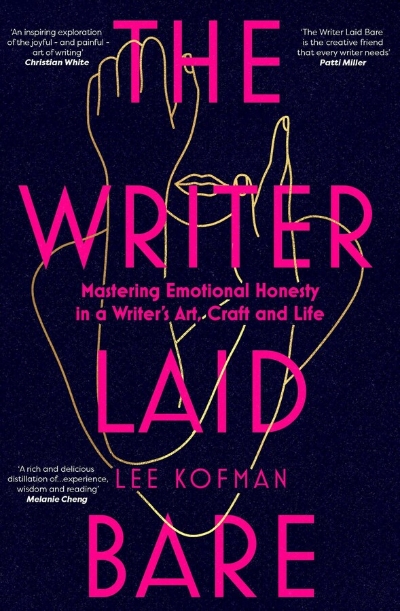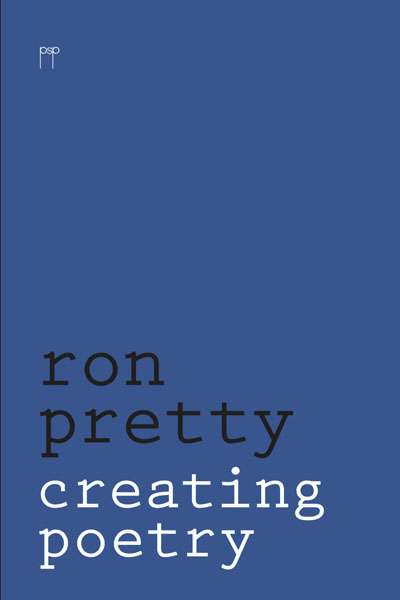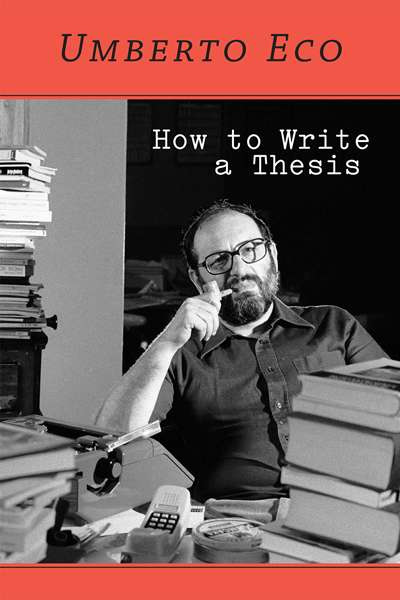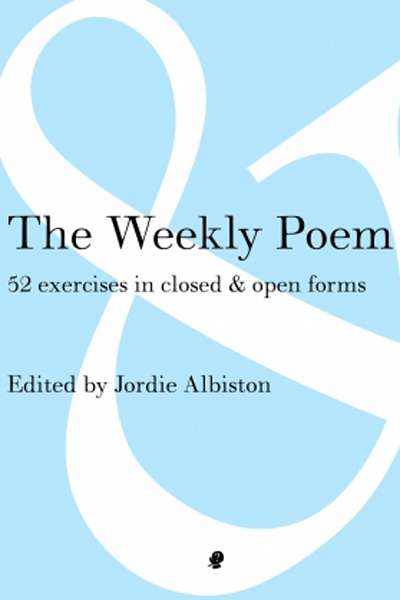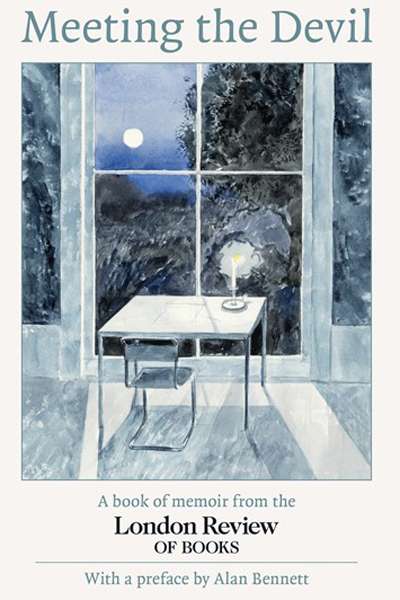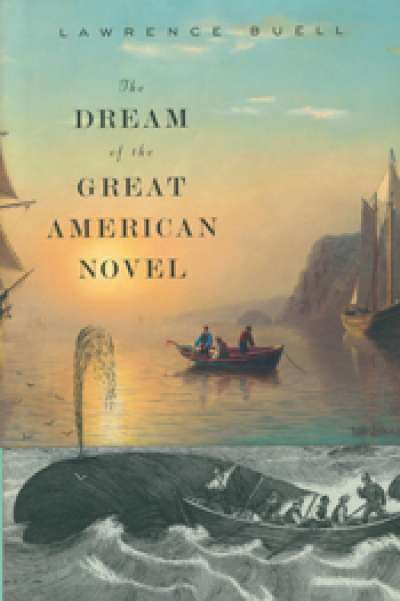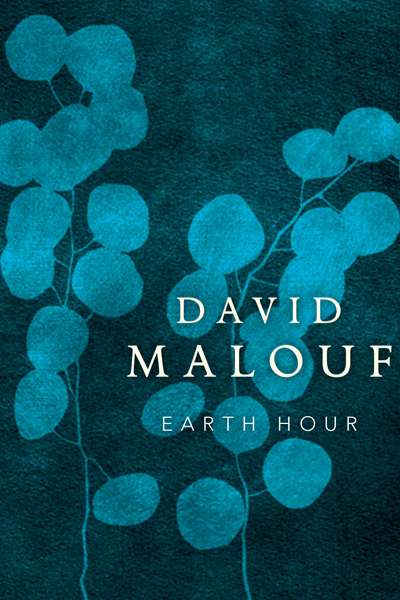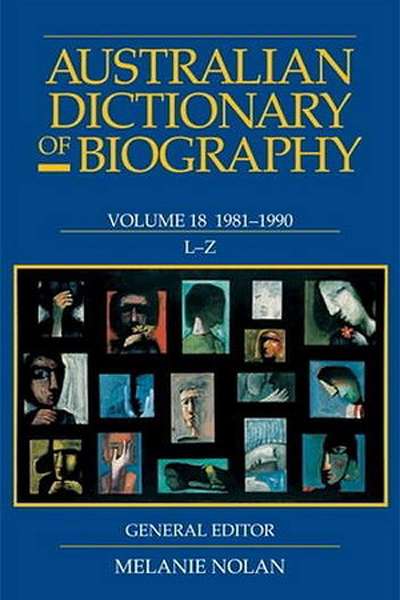Features
The Writer Laid Bare: Mastering emotional honesty in a writer’s art, craft and life by Lee Kofman
Reading craft manuals may be another mode of procrastination for aspiring writers, but Lee Kofman’s latest book, The Writer Laid Bare, is well worth the time. Her sage advice, interwoven with an intimate account of her own creative development as a migrant writer, makes fascinating reading.
... (read more)This updated and revised edition of Creating Poetry – first published by Edward Arnold in 1987, and then by Five Islands Press in 2001 – is one of few poetry guidebooks written by an Australian poet. One of its pleasing features is that it uses the work of Australian poets, including John Tranter, Geoff Page, Kevin Brophy, Meredith Wattison, Judith Wrig ...
How to Write a Thesis by Umberto Eco, translated by Caterina Mongiat Farina and Geoff Farina
In 1977, before personal computers and the Internet, Umberto Eco published How to Write a Thesis. It has remained in print ever since, but only now is it available in English. The book hasn’t been updated and makes no concessions to technological change. Space is devoted to card indexes and manual typewrit ...
The Weekly Poem: 52 Exercises in closed and open forms edited by Jordie Albiston
Discussing the genesis of a poem, W.H. Auden told Paris Review that at any given time he had two things on his mind: ‘a theme that interests me and a problem of verbal form, meter, diction, etc. The theme looks for the right form; the form looks for the right theme. When the two come together, I am able to start writing.’ Australian poet Jordie Albiston ...
In Iris Murdoch’s novel, The Sandcastle (1957), a young artist called Rain Carter is commissioned to paint a retired schoolmaster, Demoyte, an eccentric with an offbeat sense of humour. Instead of his usual attire – a shabby red velvet jacket with tobacco stains and bow tie – Demoyte turns up ...
... (read more)Meeting the Devil: A book of memoir from the London Review of Books edited by London Review of Books
In his essay on James Bulger, the British toddler murdered by two ten-year-old boys in 1993, novelist Andrew O’Hagan tells the story of his own experience of childhood bullying – as the perpetrator, not the victim. Bulger’s ‘childish child-murderers’ remind him, he avers, of himself as a boy, and with this extraordinary expression of solidarity he launches into an account of the unremarkable violence layered into his own Scottish childhood, beginning with the story of how, at the age of six, he and a friend systematically beat a younger child to the point of serious injury.
... (read more)Well, it’s Moby-Dick, obviously. Except when it’s Huckleberry Finn or Absalom, Absalom! or Invisible Man or Gravity’s Rainbow. The Great Gatsby will often do, if one is pressed for time.
There is something a bit ridiculous about the idea that a single book could become the definitive expression of an entire nation. This is perhaps especially true in the case of the United States, a country so vast, diverse, and contradictory that any attempt at a grand summation would appear doomed to fail. Nevertheless, as Lawrence Buell argues in The Dream of the Great American Novel, the concept of the ‘GAN’ (the nickname bestowed by no less an eminence than Henry James) has proved remarkably resilient. As Buell notes in his introduction, the idea tends not to be taken all that seriously these days: no novelist would admit to trying to write such a thing, except perhaps in jest, and no serious critic would be reckless enough to bestow such a title. And yet, he observes, paraphrasing an unnamed ‘distinguished reviewer’, it is ‘hard to think of a major American novelist who hasn’t given it a shot’.
... (read more)On an early spring evening in 1919, in a nearly empty cinema in the English seaside town of Lyme Regis, a slight, dark-haired figure slipped into a seat at the farthest edge of a row. From here, she would have a clear view of the profile of the youthful pianist who, sheltered behind a screen, accompanied the silent film. In white tie and tails, with her fair hair slicked down, the young musician could easily have passed for a boy. But Henry knew better. She had already extracted from the cinema’s owner the useful information that the pianist who gave such superlative performances night after night in the dark, sparsely filled hall was his daughter, Olga. The delicious ambiguity of the young woman’s appearance only added to the pleasure of her effortless improvisations. The soft, feminine form in its stiff, masculine garb was as enticing as the verve and finesse of the music itself.
... (read more)David Malouf turns eighty this month, improbably. To mark his birthday, UQP has published a new poetry collection by Malouf. ABR Poetry Editor reviews Earth Hour in this issue.
... (read more)Australian Dictionary of Biography, Volume 18: 1981–1990 (L–Z) edited by Melanie Nolan
In his brief preface to Volume 1 of the Australian Dictionary of Biography 1788–1850 A–H (1966), Douglas Pike describes the ‘all-Australian, Commonwealth-wide … consultation and co-operation’ underpinning the volume and notes that the breadth and complexity of its intellectual network meant the Dictionary could ‘truly be called a national project’. Five decades later, in an informative, elegant introduction to Volume 18, the present general editor, Melanie Nolan, endorses Pike’s pioneering claim for the ADB, describing it as ‘a national collaborative project, the largest and longest running of its kind in the social sciences and humanities in Australia’. As such – ‘a reference work for many purposes’ – it is familiar territory to historians, researchers, biographers, film-makers, novelists, and any number of browsing general readers.
... (read more)

